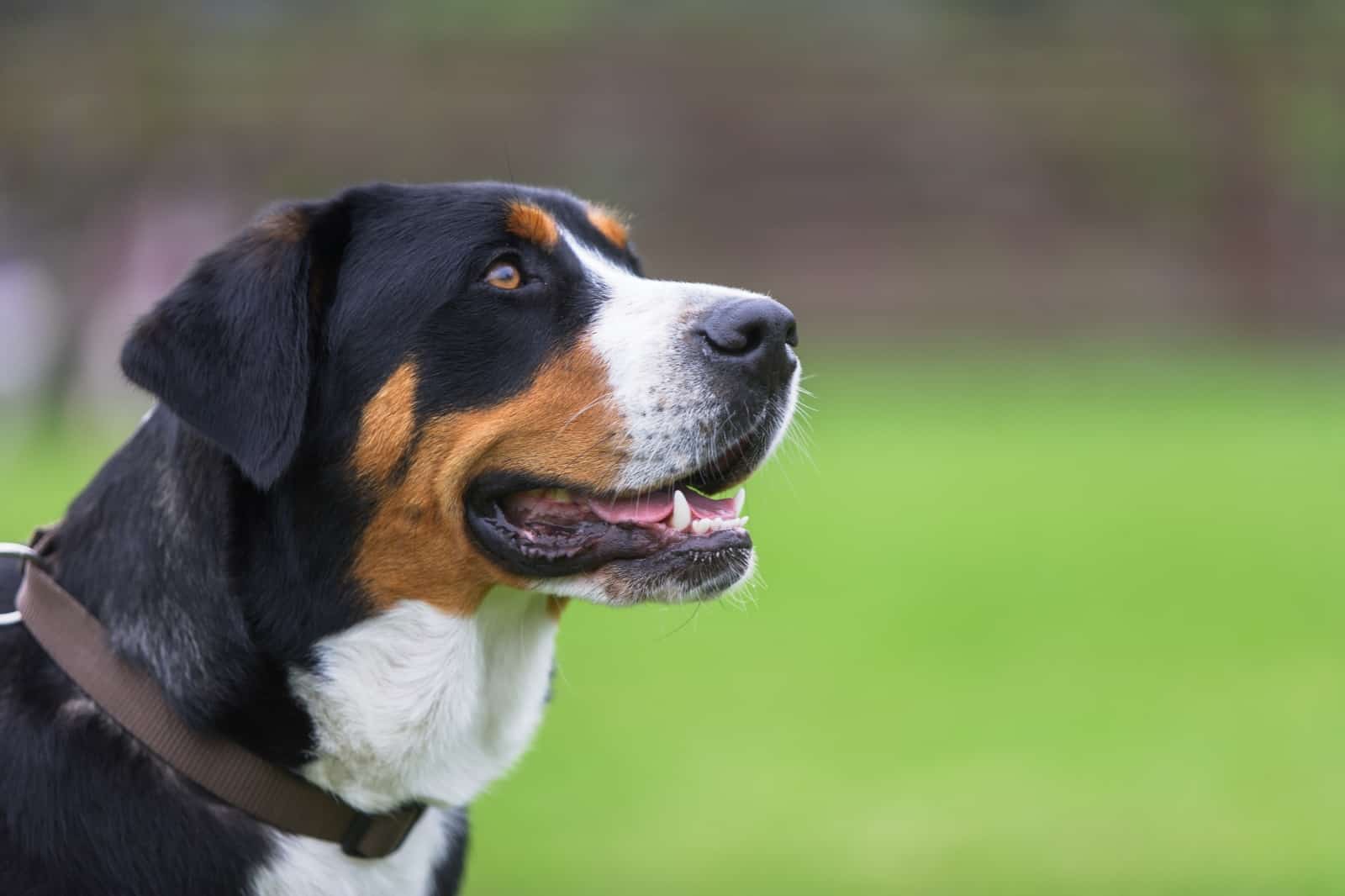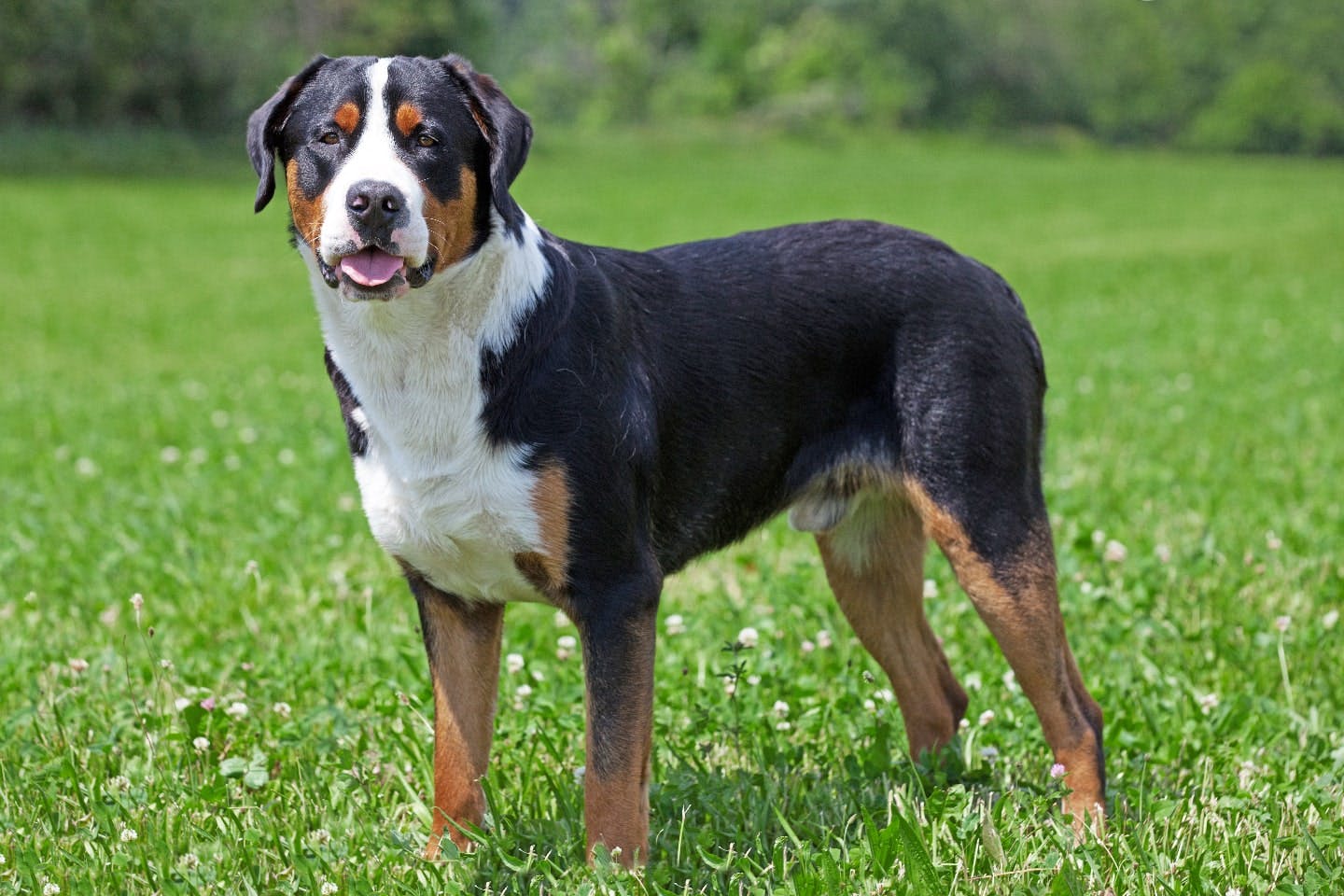Greater Swiss Mountain Dog: Breed Info, History & Care Guide
Are you looking for a canine companion that embodies both strength and gentleness, a dog that's as comfortable guarding your home as it is cuddling on the couch? The Greater Swiss Mountain Dog, a breed steeped in history and renowned for its heartwarming personality, might be the perfect match for you and your family.
Hailing from the Swiss Alps, these impressive dogs have a rich heritage rooted in farm work, where they served as versatile assistants, pulling carts, herding livestock, and providing companionship. Their lineage speaks of resilience, loyalty, and an inherent ability to connect with humans, making them a beloved choice for families seeking a devoted pet. Whether you're drawn to their striking tricolor coat, their imposing size, or their reputation for being gentle giants, the Greater Swiss Mountain Dog has a unique charm that often captivates those who meet them.
Originally bred in Switzerland, the Greater Swiss Mountain Dog, or Grosser Schweizer Sennenhund, stands as one of the oldest dog breeds in the country. They are the largest of the four Swiss Sennenhund breeds. These dogs have a fascinating history and possess a personality that endears them to many. To better understand this remarkable breed, let's delve into its characteristics, history, and what it takes to provide them with a fulfilling life.
| Attribute | Details |
|---|---|
| Name | Greater Swiss Mountain Dog (Grosser Schweizer Sennenhund) |
| Origin | Switzerland |
| Size | Large |
| Height | Males: 25.5 to 28.5 inches (65 to 72 cm) Females: 23.5 to 27 inches (60 to 68 cm) |
| Weight | Males: 85 to 140 pounds (38.5 to 63.5 kg) Females: 85 to 110 pounds (38.5 to 50 kg) |
| Coat | Double coat, with a dense outer coat and a soft undercoat |
| Color | Tri-color: black, white, and rust markings |
| Temperament | Loyal, friendly, gentle, confident, alert |
| Activity Level | Moderate |
| Life Expectancy | 8 to 11 years |
| Grooming | Moderate, requires regular brushing |
| Trainability | Moderate, responds well to positive reinforcement |
| AKC Group | Working Group |
| Primary Functions (Historically) | Draft work, farm work, guarding |
| Health Considerations | Prone to certain health issues, including hip dysplasia, bloat, and some cancers. Responsible breeders screen for these conditions. |
Reference: American Kennel Club (AKC)
The Greater Swiss Mountain Dog's history is intertwined with the rural landscapes of Switzerland. Descended from Roman war dogs that arrived in the region over two millennia ago, the breed's ancestors were instrumental in supporting farmers and communities. They pulled carts, served as watchdogs, and assisted with herding livestock. Their strength and versatility made them invaluable assets in the challenging terrain of the Alps.
Over time, the breed's numbers dwindled, nearly disappearing in the late 19th century. However, thanks to the efforts of dedicated enthusiasts, including a Swiss geologist named Franz Schertenleib, the Greater Swiss Mountain Dog was revived. Schertenleib recognized the breed's inherent value and worked tirelessly to preserve its lineage.
The breed's popularity has since grown beyond Switzerland, and today, these dogs are cherished companions worldwide, enjoying a well-deserved reputation as gentle and loving family members.
The Greater Swiss Mountain Dog's appearance is as striking as its personality. They are large, powerful dogs with a sturdy build. Their most distinctive feature is their tri-color coat, a combination of black, white, and rust markings that creates a visually appealing contrast. The black forms the base color, while the white appears on the chest, feet, and muzzle. The rust markings, often found above the eyes and on the legs, add warmth to their overall appearance.
Their strong, muscular bodies reflect their working heritage, while their expressive eyes convey their gentle and affectionate nature. The breed's overall appearance is one of both strength and grace, a testament to their well-balanced build.
Beneath their impressive appearance lies a personality that endears them to many. Greater Swiss Mountain Dogs are known for their loyalty, friendliness, and gentle disposition. They form strong bonds with their families and are often described as "velcro dogs" because of their tendency to stick close to their loved ones. They are typically good with children and other pets, making them an excellent choice for families.
While generally friendly, they can be reserved with strangers, reflecting their natural guarding instincts. Early socialization is crucial to ensure they are well-adjusted and comfortable in various social situations. They possess a calm and confident demeanor, making them reliable companions in various settings.
Despite their gentle nature, Greater Swiss Mountain Dogs are intelligent and benefit from consistent training. They respond well to positive reinforcement methods, such as praise and treats. Training should begin early in their lives to establish good manners and obedience. While they are eager to please, they can also be sensitive, so harsh training methods should be avoided.
Consistent training, along with early socialization, helps them become well-rounded and well-behaved companions. They thrive on mental stimulation and enjoy activities that challenge their intelligence.
Grooming a Greater Swiss Mountain Dog requires a moderate amount of effort. Their double coat sheds seasonally, so regular brushing is essential to minimize shedding and keep their coat healthy. Brushing a few times a week helps remove loose hair and prevent mats. During shedding seasons, more frequent brushing may be necessary.
In addition to brushing, other grooming tasks include regular nail trimming, ear cleaning, and occasional baths. Proper grooming not only keeps them looking their best but also helps maintain their overall health and well-being.
Greater Swiss Mountain Dogs require a moderate amount of exercise to stay healthy and happy. Daily walks, play sessions, and opportunities to explore are essential. They enjoy various activities, including hiking, playing fetch, and participating in dog sports. Providing them with plenty of exercise helps prevent boredom and keeps them physically and mentally stimulated.
They thrive in environments where they have space to move around and explore. A securely fenced yard is ideal, providing a safe place for them to play. However, they can adapt to apartment living as long as they receive adequate exercise and mental stimulation. They need to be part of the family and are not suited to being left alone for extended periods.
Like all dog breeds, Greater Swiss Mountain Dogs are susceptible to certain health issues. Responsible breeders screen their dogs for common health problems, such as hip dysplasia, elbow dysplasia, and certain eye conditions. It's essential to choose a reputable breeder who prioritizes the health of their dogs.
Other health concerns to be aware of include bloat (gastric dilatation-volvulus), a life-threatening condition that can affect large-breed dogs. Feeding them multiple smaller meals per day and avoiding strenuous exercise immediately after eating can help minimize the risk. Being informed about potential health issues and working closely with a veterinarian are crucial to ensure your Greater Swiss Mountain Dog lives a long and healthy life.
Finding a Greater Swiss Mountain Dog can take some research, as they are not as common as some other breeds. Begin by researching reputable breeders who prioritize the health and well-being of their dogs. Look for breeders who conduct health screenings and offer a guarantee of health. The American Kennel Club (AKC) website is a good place to start your search, as it provides a list of breeders and information about the breed.
You may also find Greater Swiss Mountain Dogs available for adoption through rescue organizations. These organizations often have adult dogs that are looking for loving homes. Adopting a dog can be a rewarding experience, giving a deserving dog a second chance at happiness.
Before bringing a Greater Swiss Mountain Dog home, ensure your home is suitable for a large-breed dog. Provide a safe and secure environment with a fenced yard and plenty of space to move around. Be prepared to provide consistent training, socialization, and regular exercise to help them thrive.
Bringing a Greater Swiss Mountain Dog into your life is an exciting adventure. These remarkable dogs offer unwavering loyalty, a gentle disposition, and a charming personality. Their history is a testament to their versatility and their ability to form strong bonds with humans.
If you're looking for a devoted companion, a loving family member, and a dog that embodies both strength and gentleness, the Greater Swiss Mountain Dog could be the perfect breed for you. Their unique charm and friendly nature make them an unforgettable addition to any family. With proper care, training, and plenty of love, you can create a lasting and rewarding relationship with this remarkable breed.

:max_bytes(150000):strip_icc()/greater-swiss-mountain-dog-puppy-looking-up-1855326133-2000-23334b40775447b0a92cd842498cef7d.jpg)

